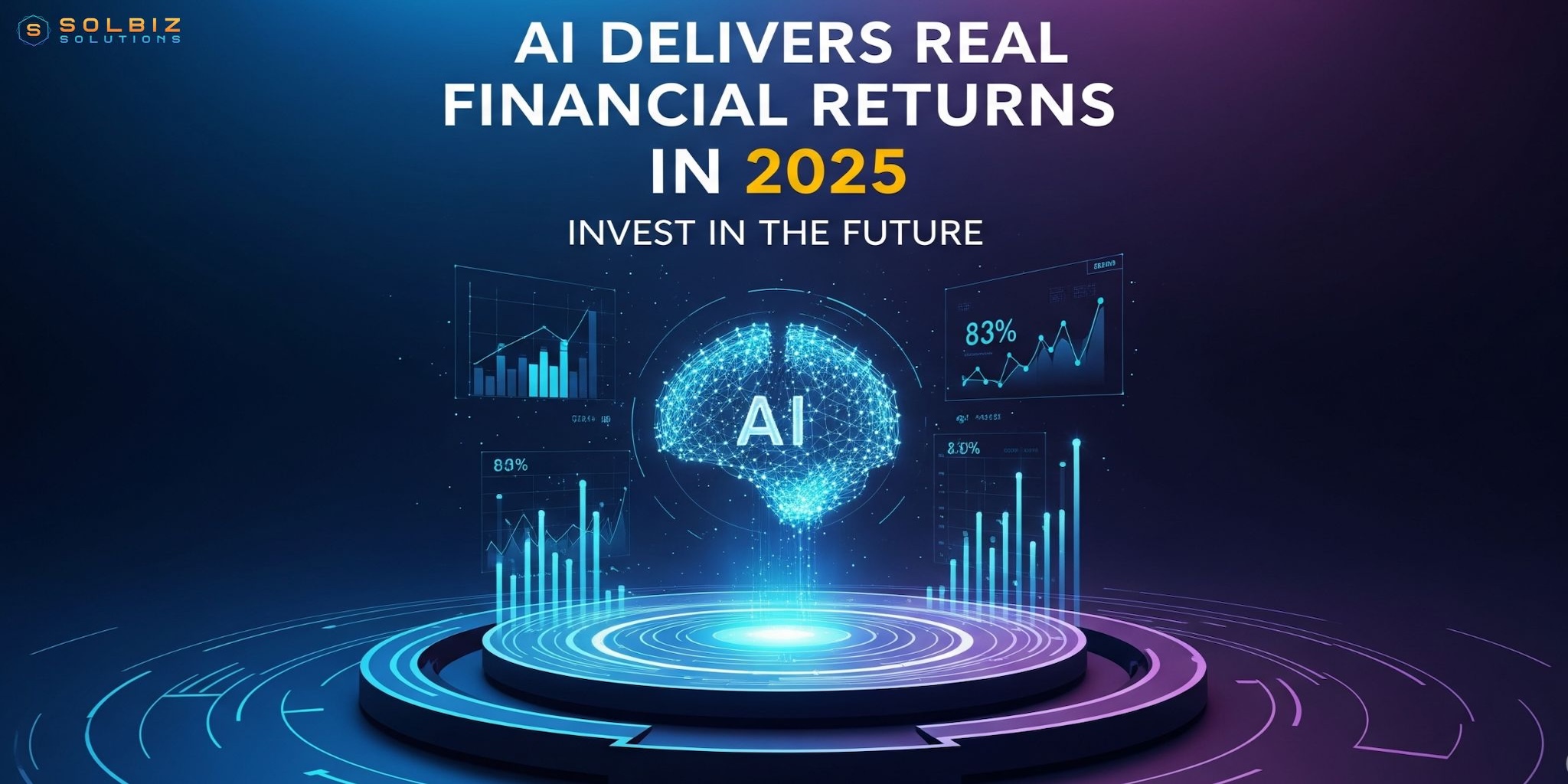
Artificial intelligence (AI) has long been promoted as a game-changer for business, but 2025 marks the year that its promise is finally being realized in concrete financial terms. Across industries, AI is no longer just a buzzword or a pilot experiment. It is now delivering measurable, bottom-line value.
From automation and personalization to faster innovation cycles, companies worldwide are using AI to reduce costs, increase revenue, and improve operational efficiency. According to a 2025 report from Morgan Stanley, AI adoption is accelerating across sectors, with direct impact on company performance metrics.
From potential to profitability
Over the past decade, many businesses experimented with AI but struggled to scale those efforts or quantify returns. In 2025, that’s changed. AI is proving its ability to:
- Optimize repetitive operations
- Drive real-time decision-making
- Improve customer engagement
- Accelerate product delivery
Executives are no longer just testing AI—they are building it into their core strategies.
3 ways AI is generating financial returns
Cost savings through automation
AI is helping businesses streamline operations by automating tasks that previously required manual input, such as processing invoices, managing support tickets, or scheduling logistics.
An example that captured attention in 2025 is ServiceNow, which reported saving $100 million by automating internal workflows using AI tools. These systems handled documentation, service requests, and development tasks that previously required large operational teams.
The impact is twofold: businesses reduce staffing or outsourcing costs while redeploying employees toward higher-value work.
Revenue growth through customer insights
AI tools are being used to analyze behavioral data, predict purchasing decisions, and personalize content in real time. In the e-commerce and retail sectors, this has led to increased conversion rates and customer retention.
Meanwhile, in financial services, AI is driving improved risk assessment, fraud detection, and customer segmentation – enabling institutions to expand services while lowering exposure.
Morgan Stanley reports that organizations actively using AI in sales and marketing workflows have experienced 5–15% increases in customer lifetime value and upsell rates.
Faster time to market
AI also accelerates product development. Tools like code generators, automated testing, and design assistants shorten time-to-market for digital products. Teams can test features faster, gather feedback sooner, and push updates more frequently.
This efficiency reduces development costs while improving product quality and responsiveness, both of which translate into financial gain.
A shift in executive mindset
One of the most important developments in 2025 is how leaders think about AI. The question is no longer “Should we use AI?” but “Where can AI make the biggest impact?”
Business leaders are integrating AI into their strategic planning, shifting focus:
- From cost centers to ROI-driven investments
- From tech innovation to business enablement
- From isolated use cases to company-wide integration
Instead of running experimental pilots, companies are now deploying enterprise-grade AI systems, with clear goals and performance metrics attached.
Looking ahead: AI as a business imperative
The evidence is clear: AI is no longer about future potential; it’s about present performance. Businesses that invest wisely in AI today are already outpacing competitors in cost structure, product delivery, and customer experience.
2025 marks a new era where AI is embedded in strategy, measured by impact, and scaled with purpose.
